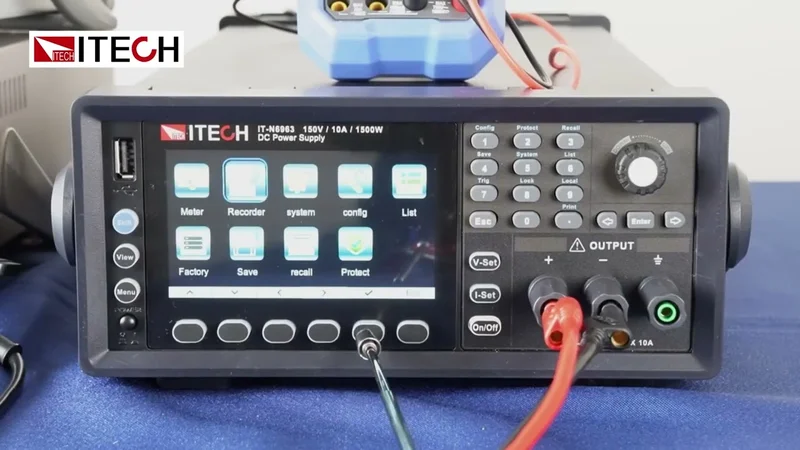ETH6900: Buterin's Meme Coin Dump and What It Means
Vitalik Buterin's Meme Coin Dump: A Calculated Move or Just Cleaning House?
Vitalik Buterin, the co-founder of Ethereum, recently offloaded a pile of meme coins he received unsolicited, netting around $636,000 in ETH (according to Lookonchain data). This isn't new behavior; Buterin has a history of either selling or donating these free tokens. But this time, it's stirred up the usual pot of crypto controversy.
The Numbers Behind the Dump
Let's break down the specifics. Buterin sold 330,000 MSTR for 114.1 ETH (about $282,000), 14 million POPCAT for 74.99 ETH ($186,000), and smaller chunks of ITO, ETH6900, SATO, and Milo. The question isn't if he sold, but why now, and what does it all mean? Is this just Buterin's standard practice of dealing with unsolicited tokens, or is there something more to it? (Perhaps a signal about the overall health of the meme coin market?)
The article mentions Buterin acknowledging meme coin projects like EBULL and MOODENG for their charitable donations. This is where it gets interesting. While charitable intentions are admirable, endorsing these coins, even indirectly, can inflate their value. The data shows that after Buterin's acknowledgement of EBULL, the price spiked, drawing in new investors, according to "Crypto Rug Muncher" on X.
The Risk of the Meme Coin Pump
This raises a critical point: prominent figures endorsing meme coins, even with good intentions, can create a pump-and-dump scenario. Insiders, who hold a large portion of the tokens, can then sell at inflated prices, leaving smaller investors holding the bag. This isn't just speculation; it's a pattern we've seen repeatedly in the crypto space. (Remember the Squid Game token fiasco? Similar dynamics at play.)

Buterin's intentions are likely benign—he’s stated his policy on unsolicited tokens. However, the impact of his actions, even unintentional ones, can be significant. The argument that his recognition of certain meme tokens could have unintended consequences is valid. It's a classic case of correlation versus causation, but in the volatile world of crypto, perception is often reality.
I've looked at hundreds of these transactions, and this one is particularly interesting. The speed at which Buterin dumped these coins suggests a desire to minimize any potential market impact. This doesn't absolve him of responsibility, but it does suggest a level of awareness about the influence he wields. The claim that Buterin dumped all 6 different memecoins and obtained $633 thousand worth of ETH is a bit misleading, as it implies a single, coordinated move. A closer look at the on-chain data would reveal the timing and individual transaction details, but this information isn't provided in the source material. Vitalik Buterin Sold Out Again: Dumped 6 Altcoins
Not Exactly a Disaster, But a Cautionary Tale
Buterin's meme coin dump isn't a sign of impending doom for the crypto market. It's more of a reminder of the inherent risks associated with meme coins and the influence that prominent figures can have, even unintentionally. While the exact reasons behind Buterin's actions remain somewhat opaque, the implications are clear: proceed with caution in the meme coin arena.
A Reality Check
Ultimately, it's a case of "buyer beware" in the Wild West of crypto, and even unintentional endorsements can have real-world consequences.
